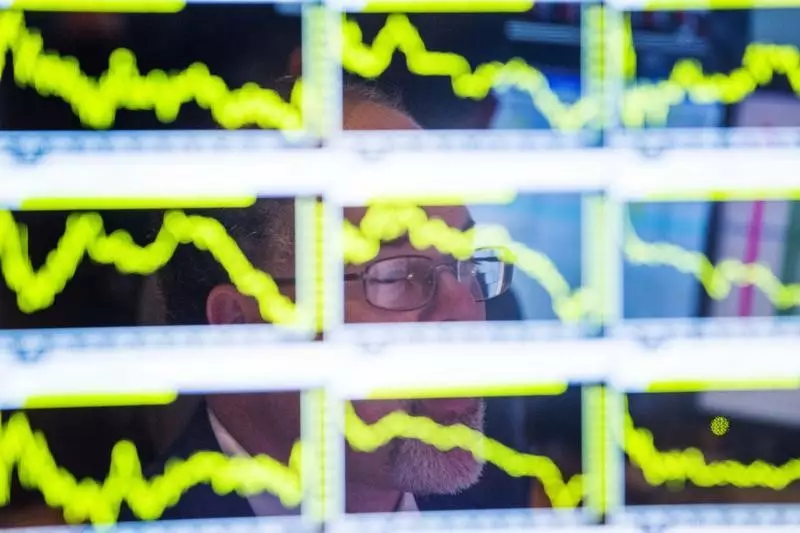As the United States approaches its next presidential election, the intersection between politics and financial markets is becoming increasingly apparent. A recent report by Capital Economics dives into the dynamics shaping these markets, especially the implications of the neck-and-neck race between Donald Trump and Kamala Harris. With opinions divided and volatility on the horizon, it’s essential to unpack the nuances that could dictate market behavior in the coming days.
One of the pivotal observations made by Capital Economics pertains to the shifting probabilities surrounding Trump’s chances. While betting markets currently suggest he has a near 50% likelihood of securing a Republican sweep, this optimistic facade clashes with polling data indicating a tightly contested battle in crucial swing states. The historical context further complicates matters; Trump’s past underperformance in polls during the 2016 and 2020 elections doesn’t provide a robust predictive framework. Capital Economics aptly warns against drawing firm conclusions from limited electoral outcomes. The adjustments made by pollsters in methodology following the previous cycles are indicative of an increased desire for accuracy; however, the unpredictability of elections still looms large.
In the realm of finance, perceptions surrounding the election are beginning to wield significant influence over market activities. Notably, U.S. Treasury yields have surged in recent weeks, a development that seems disproportionate when juxtaposed with economic indicators and statements from Federal Open Market Committee (FOMC) members. With oil prices concurrently declining, the apparent decoupling between yields and oil illustrates a significant shift. Historically, these two metrics have displayed a dependable relationship—thus, current trends suggest that investor sentiment tied to electoral outcomes may be swaying market movements in unexpected ways.
Another crucial insight from Capital Economics is the current sell-off in the bond market, creating a ripple effect over equities. Typically, a Trump victory is associated with a bullish outlook for stocks, primarily due to anticipated corporate tax reductions that could favor market performance. However, recent trends indicate a lag in the S&P 500 that contrasts with improving odds for Trump. This anomaly raises questions about the broader market’s expectations and future trajectory. Specifically, the bond yield curve’s bear steepening pattern, often linked to downturns in equity markets, suggests that investors are exercising caution.
As the election approaches, the fusion of political events and market reactions becomes increasingly complex. Capital Economics urges investors to remain vigilant; significant repricing in financial markets could occur as the dust settles post-election. The uncertain landscape requires a careful appraisal of market signals—particularly for those piercing through the veil of tradition and history to glean insights into future movements. As voters head to the polls, how these dynamics play out remains a critical narrative in the evolving saga of U.S. markets.

